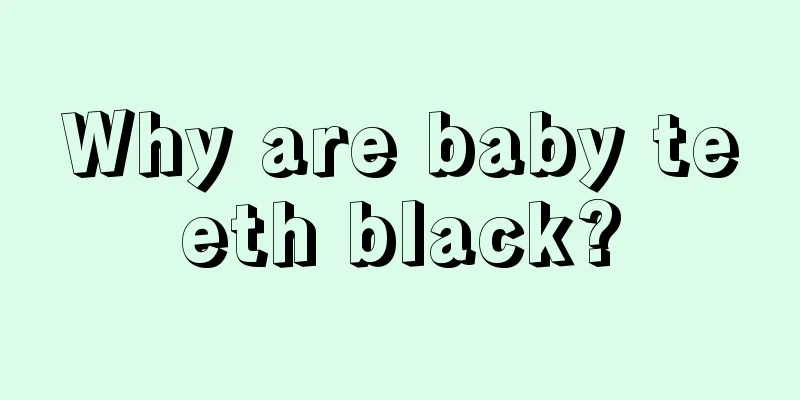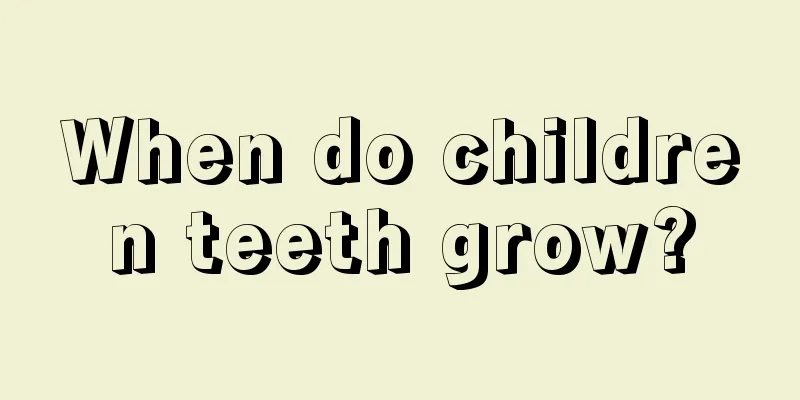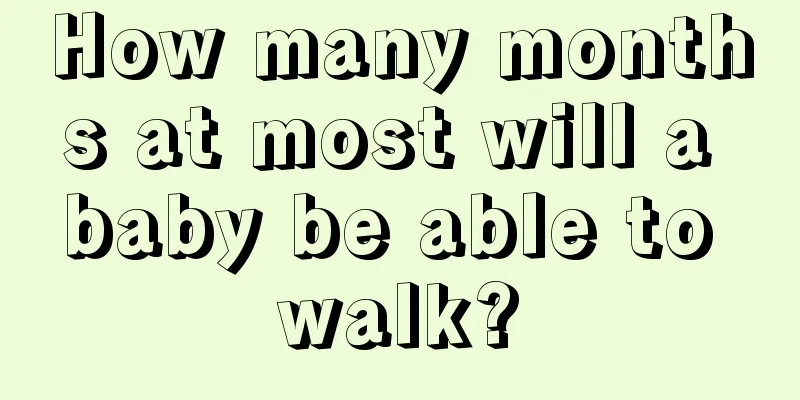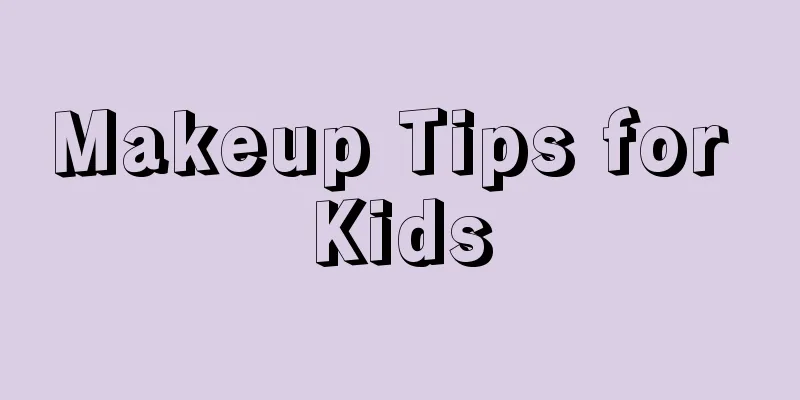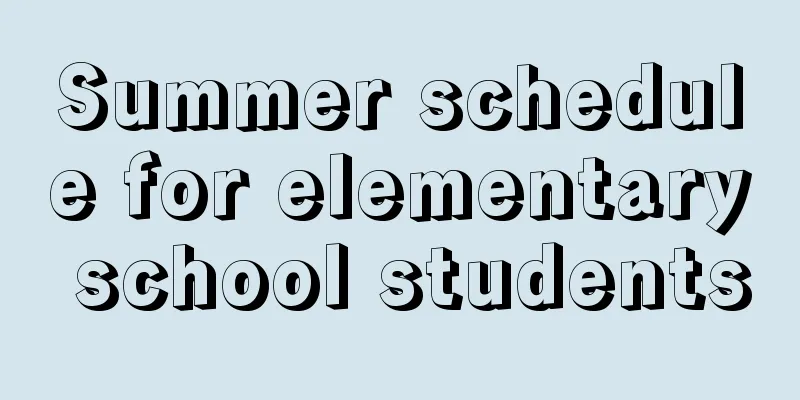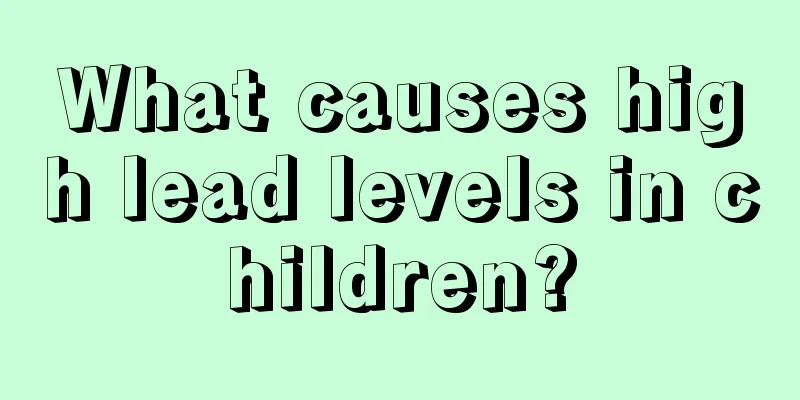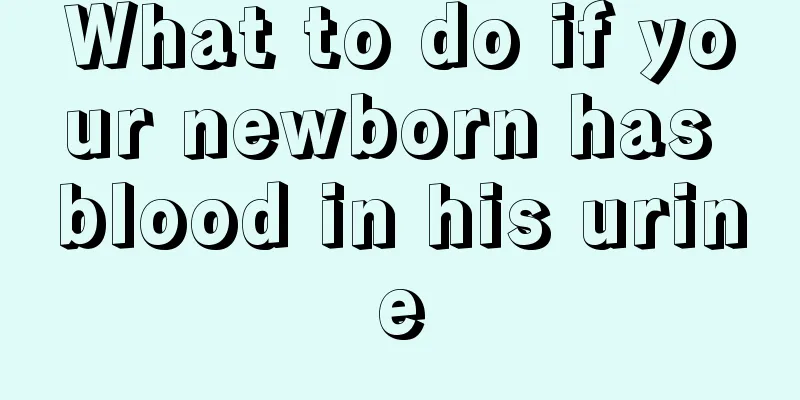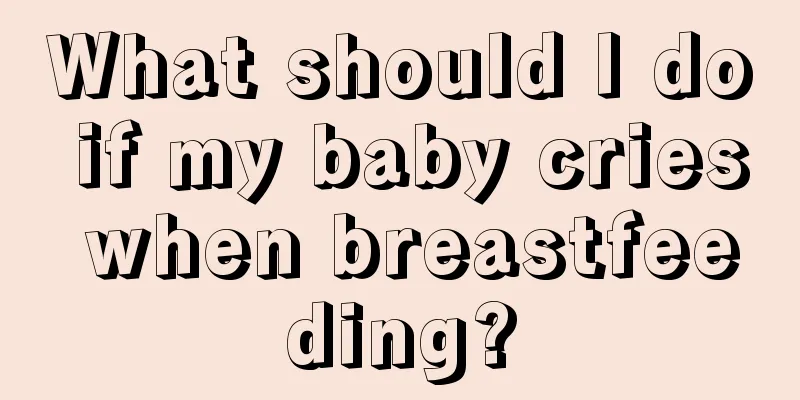Is a child's temperature of 37.4 degrees considered a fever?
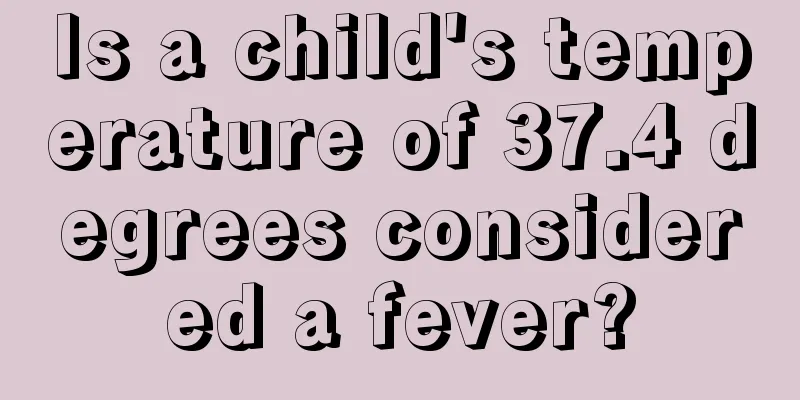
|
As we all know, fever usually means that the body temperature exceeds the normal range. For adults, sometimes the body temperature may be 37 degrees, which is not a sign of fever. But sometimes, for children, thirty-seven degrees may be too high. Of course, there are exceptions to everything, so we should still follow medical advice. So, is a child's temperature of 37.4 degrees considered a fever? A child's normal body temperature is between 36 and 37.3 degrees. If a child wears too many clothes, cries, or feeds, his body temperature may rise temporarily. It will return to normal after these factors are eliminated. A low fever may occur after a cold, so be sure to drink plenty of water. Theoretically, the cold is a self-limiting disease. Even without taking medicine, most children can recover on their own in about a week as long as they drink plenty of water and receive good care. However, babies have a weaker tolerance to illness and their condition changes rapidly, so even a mild cold should not be taken lightly. The treatment for colds and fevers is mainly symptomatic, and drugs containing ingredients such as acetaminophen are commonly used. Acetaminophen has antipyretic and analgesic effects; amantadine can resist the "subtype A" influenza virus and inhibit viral reproduction; caffeine is a central nervous system stimulant that can enhance the antipyretic and analgesic effects of acetaminophen. It is suitable for relieving symptoms such as fever, headache, sore limbs, sneezing, runny nose, nasal congestion, and sore throat caused by the common cold and influenza in children. Principles of medication for children's cold and fever 1. The dosage should not be too large and the duration of use should not be too long; 2. Drink plenty of water during medication to facilitate drug absorption and excretion and reduce the toxicity of drugs to children's bodies; 3. Children under 3 years old, whose liver and kidney are not yet fully developed, should take the medicine in small doses; 4. Children or their family members who have a history of allergy to antipyretics should not use antipyretics; 5. Do not take antipyretics at the same time as alkaline drugs, such as baking soda, aminophylline, etc., otherwise the antipyretic effect will be reduced. Purulent tonsillitis, lymphadenitis, pneumonia, bacterial dysentery, typhoid fever, Japanese encephalitis, etc. may all be causes of colds and fevers in children. It can be treated with Beijing Tongrentang Angong Niuhuang Pills. Children can take this medicine when conventional antipyretics are ineffective for fever, so as to avoid serious consequences such as convulsions due to untimely treatment. Do not give any cold or cough medicine to children under 4 years old. Some over-the-counter medicines may not help relieve cold symptoms in young children, but may cause other potentially dangerous symptoms, some studies suggest. |
<<: What's going on when a child has a fever and complains of a headache?
>>: Why does a child have a fever in the upper body but a cold lower body?
Recommend
How to massage a child for cough
Some children have poor resistance and often suff...
Children's stool is dry and granular
If a child's stool is granular, it means that...
Does my baby not eat normally mean he is zinc deficient?
Many parents are troubled by their children not e...
There is a small groove in the skull of a newborn
Many mothers will find a small groove on the bone...
What are the symptoms of oral ulcers in children?
Children have relatively poor resistance, and the...
What to do if a three-year-old child has a partial eclipse
It is very common for parents with children at ho...
Reasons why babies fall asleep after feeding
We all know that babies spend a lot of time sleep...
Do children with myopia need to wear glasses?
Due to improper use of eyes, many children have a...
What to do if children have swollen abdominal lymph nodes
Swollen lymph nodes are a common problem. When th...
How to determine whether your child is zinc deficient
Zinc deficiency is a common condition in children...
What to eat for children with acute rash
When it comes to children with roseola, parents m...
How to treat cough variant asthma in children?
We have heard of biological mutations and cell mu...
Child has stomachache and vomiting in the middle of the night
If a child has stomach pain in the middle of the ...
The best foods for kids
1. The best staple food: whole-wheat food Whole-w...
2 year old baby nutritional porridge
Parents should all know that the gastrointestinal...
